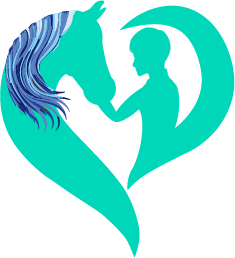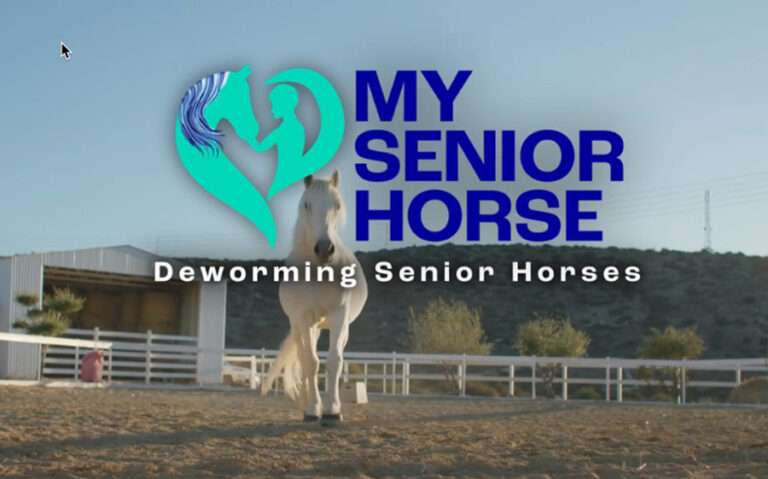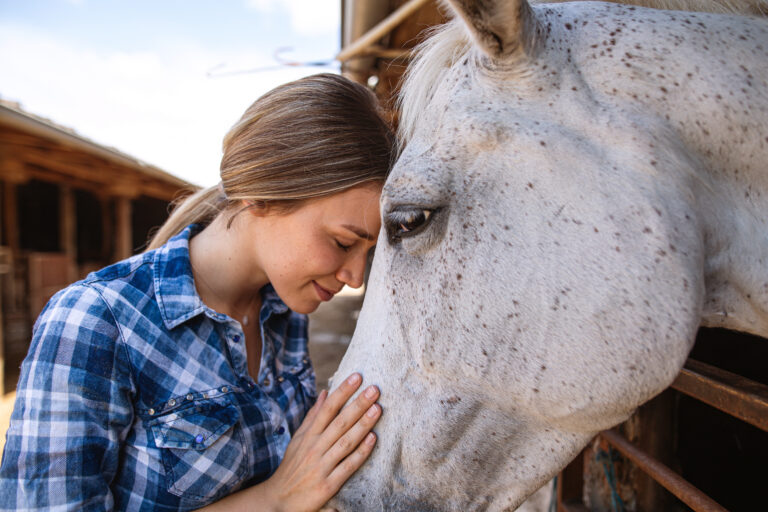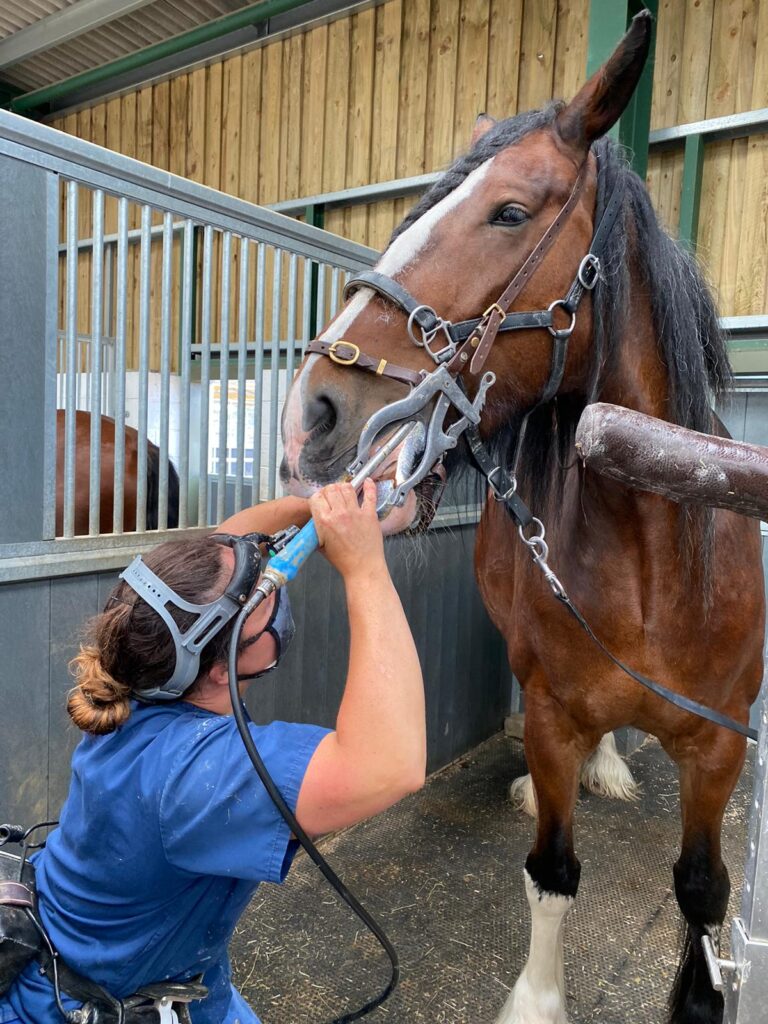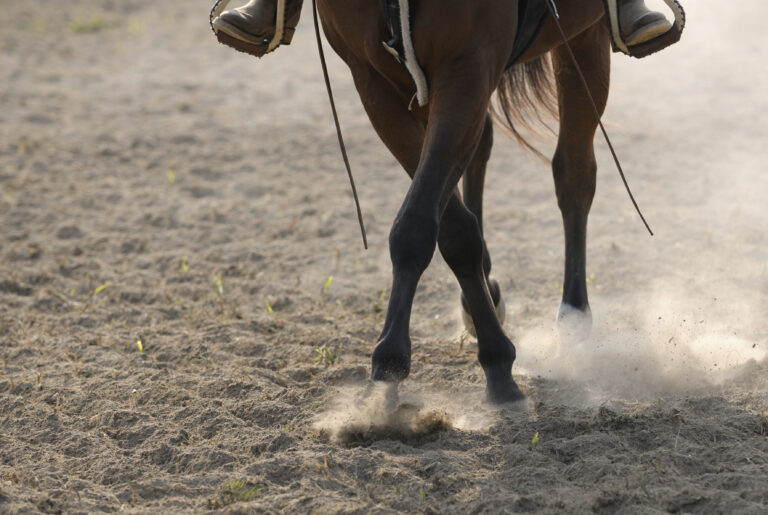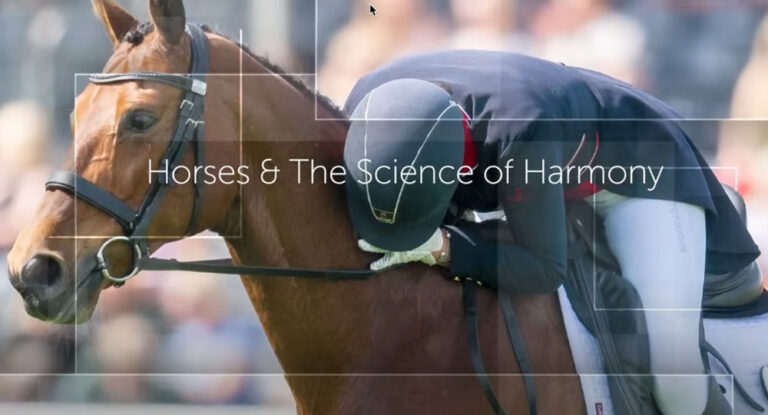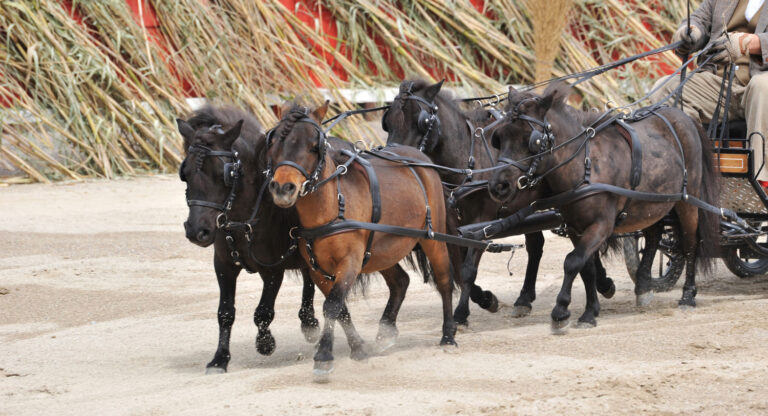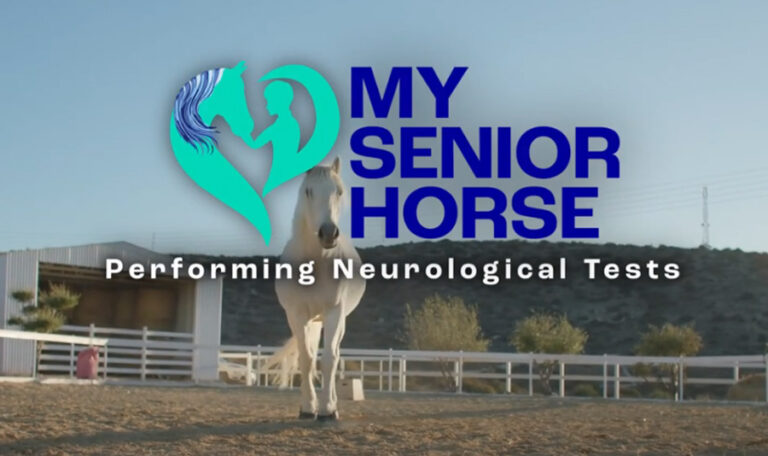In this podcast, we speak with Dr. Sue Dyson about the film “Horses & the Science of Harmony,” for which she was executive producer. Dyson, a veterinarian with a PhD, has researched many aspects of horse lameness and equine pain expression. She also is a member of the My Senior Horse Editorial Advisory Group.
About the Film
The feature-length film “Horses & the Science of Harmony” examines the nature of harmony between horse and rider through the eyes of 3-day-event rider Bubby Upton and through the lens of cutting-edge science.
The producers tell us: “Horses and the Science of Harmony tells the emotional story of Bubby Upton, a rising star in British 3-day eventing, who suffered a catastrophic spinal injury yet bravely fought to get back to doing what she loves…ride. Bubby’s story is woven alongside groundbreaking research to educate viewers about equine behavior and optimal well-being, while simultaneously asking the question “what is it about horses that speaks so strongly to our hearts?’ Horses & the Science of Harmony features the “who’s who” of British eventing, including Mary King, Lucinda Green, and Piggy March, as well as some of the top equine veterinarians and researchers in the world—all weighing in on the concept of harmony between humans and horses.”
Why This Film
Dyson had done a film with Padma Video about ridden horses in pain. She wanted to show that the horse can be comfortable when ridden and be in harmony with the rider. Dyson set the science around the story of “local superstar” Bubby, who lives not far from her in the U.K.
This film carries with it the science behind how horses interact with their surroundings, including the people in their lives. Dyson has experts talk about the horse’s sense of smell—which can help us understand how they are adversely affected by medications in their feed.
The film covers the horse’s sight and helps us understand how they see things differently than we do. That influences things such as how a horse might approach a jump.
Horses can hear ultrasonic sounds, much higher than humans can hear. She said clippers, for example, have ultrasonic sounds when running. That might be why some horses are so averse to clippers.
Dyson also talked about information surrounding the horse’s sense of touch. This covers everything from day-to-day behaviors to training methods.
While most people want to do the best by their horses, sometimes the horse can be overstimulated, especially in training. She advised using the lightest cue possible and removing the cue immediately when the horse responds.
“A lot of people pat horses,” said Dyson. She noted that actually, horses don’t like pats. “They like strokes or scratches. That’s much better than slapping the horse on the neck.”
Final Words
“How can we modify our current practices to do better?” asked Dyson.
That means using science to adapt our behavior to help the horse accomplish the tasks we are working on. It also means modifying our behavior based on science and the understanding of how horses interact with their environments.
“We need to be able to recognize what is normal so we better recognize what is abnormal,” she said.
Dyson said she and Padma Video will release bonus footage in the future from the Harmony video.
Further Content
- The 24 Behaviors of the Ridden Horse in Pain: Shifting the Paradigm of How We See Lameness. Dr. Sue Dyson with Padma Video.
- Horse Behavior During Tacking and Mounting. Dr. Sue Dyson. MySeniorHorse.com
- Ridden Horse Performance Checklist: Behaviors in Ridden Horses that Might Signify Discomfort. Dr. Sue Dyson. MySeniorHorse.com
- How An Uncomfortable Horse Might Feel to a Rider. Dr. Sue Dyson. MySeniorHorse.com
-
Editors of My Senior Horse are journalism professionals, most of whom are lifelong horse owners.View all posts


